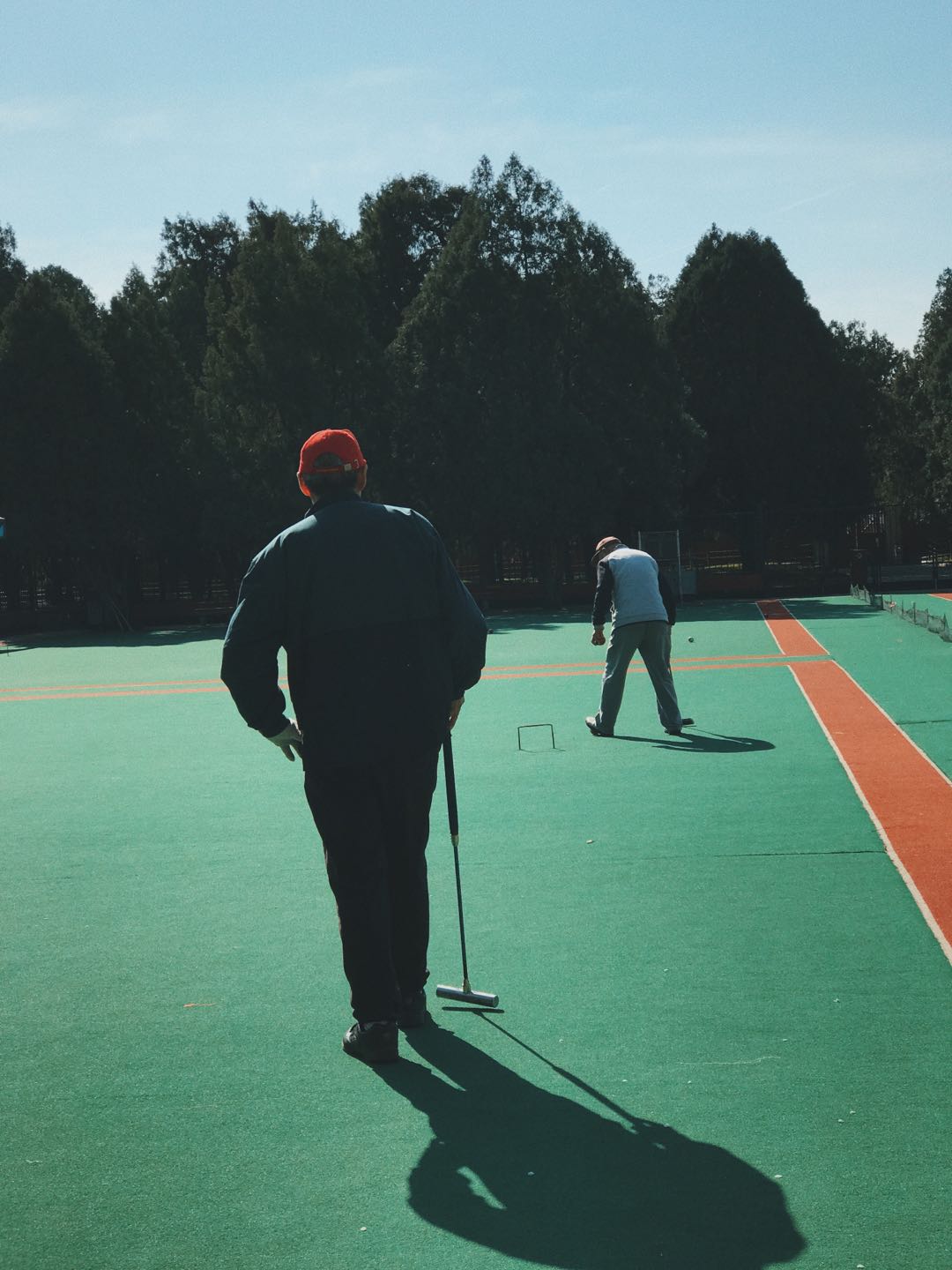
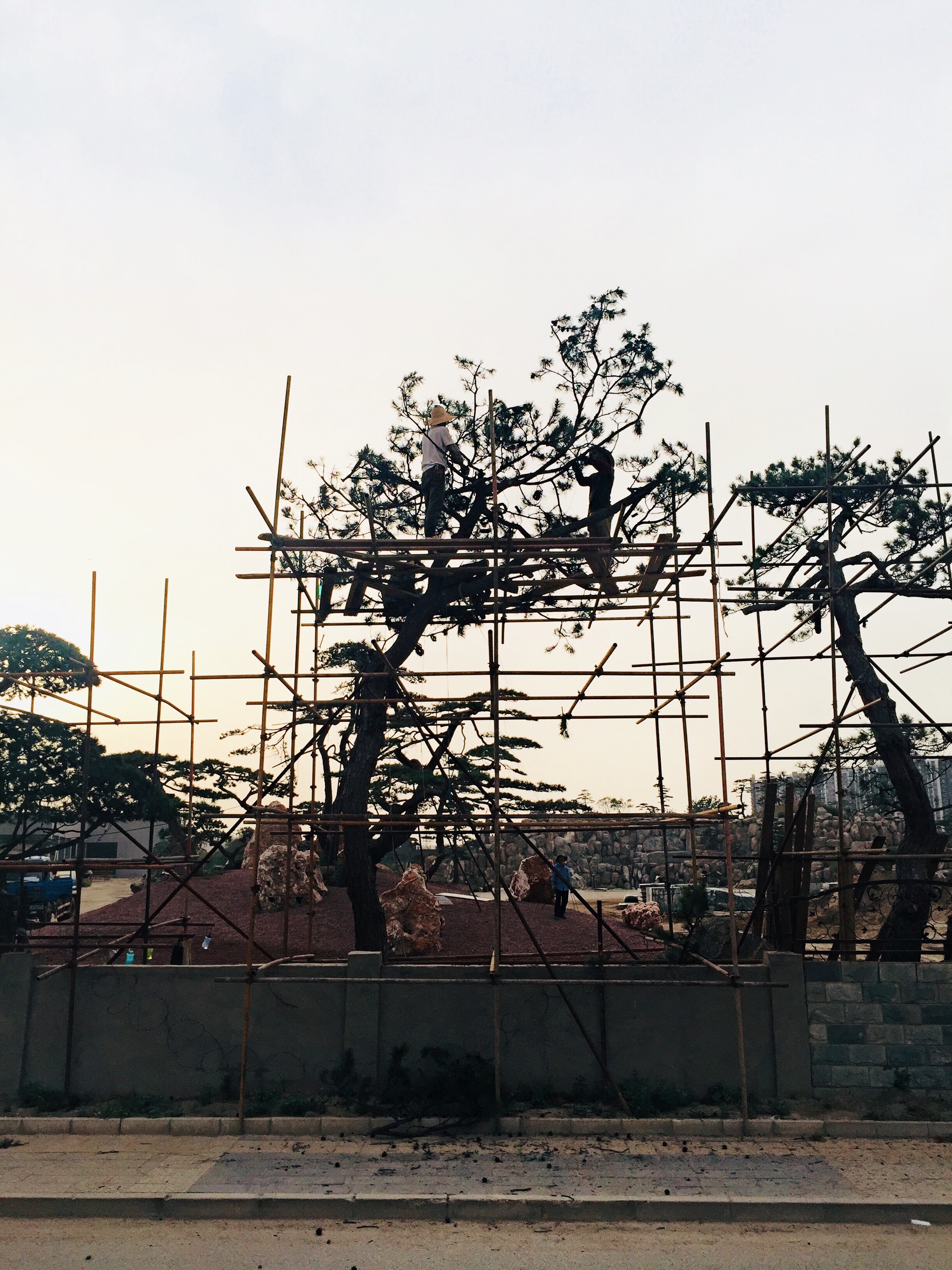
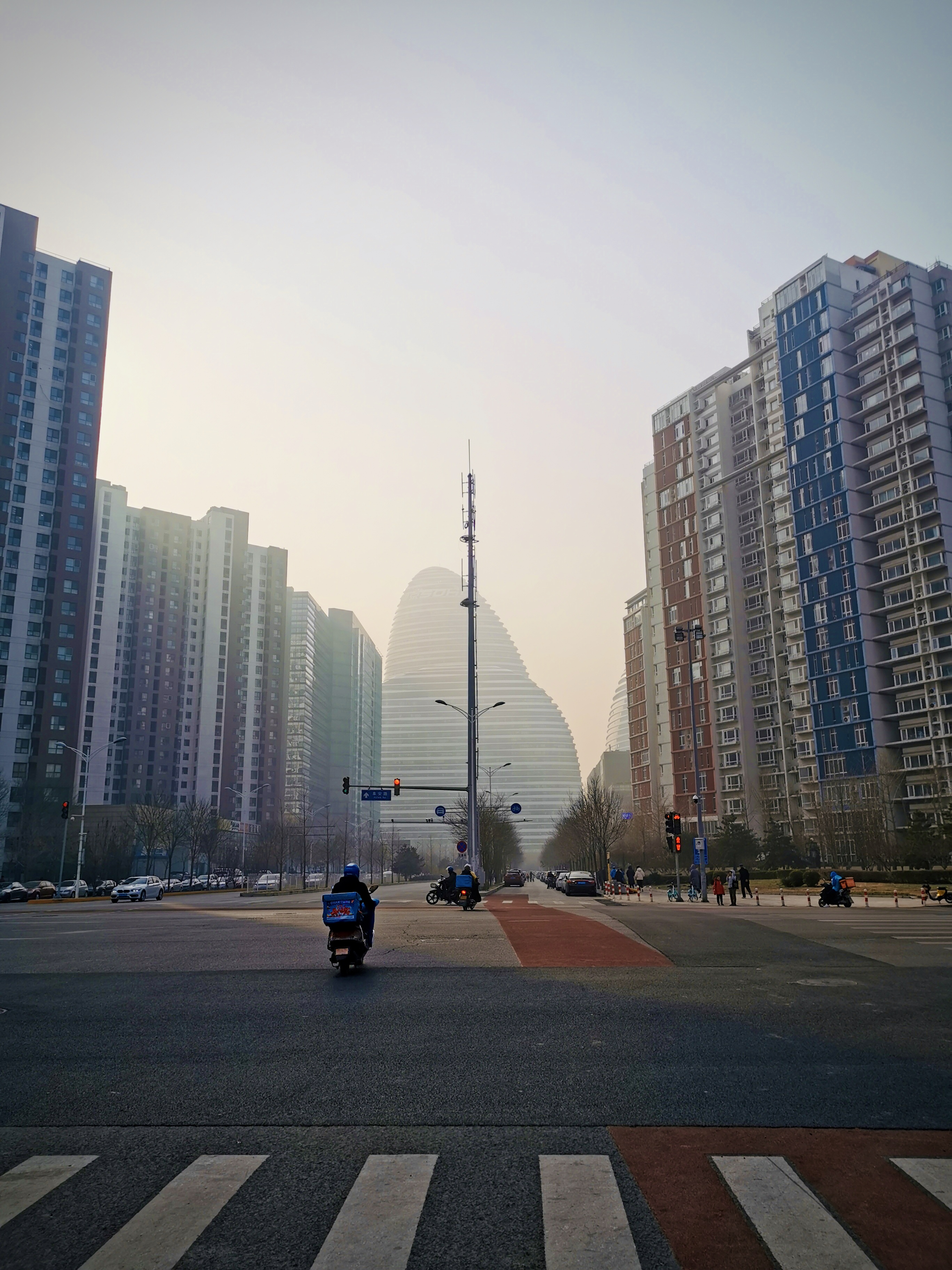 The frequency at which utopia is associated with the garden typology speaks to a common ambiguity. When limits to a concept become difficult to grapple with, and its realisation fraught with controversy, it might be intuitive to locate the formless and uncertain in a space so mundane yet equally resistant to being defined.
The frequency at which utopia is associated with the garden typology speaks to a common ambiguity. When limits to a concept become difficult to grapple with, and its realisation fraught with controversy, it might be intuitive to locate the formless and uncertain in a space so mundane yet equally resistant to being defined.
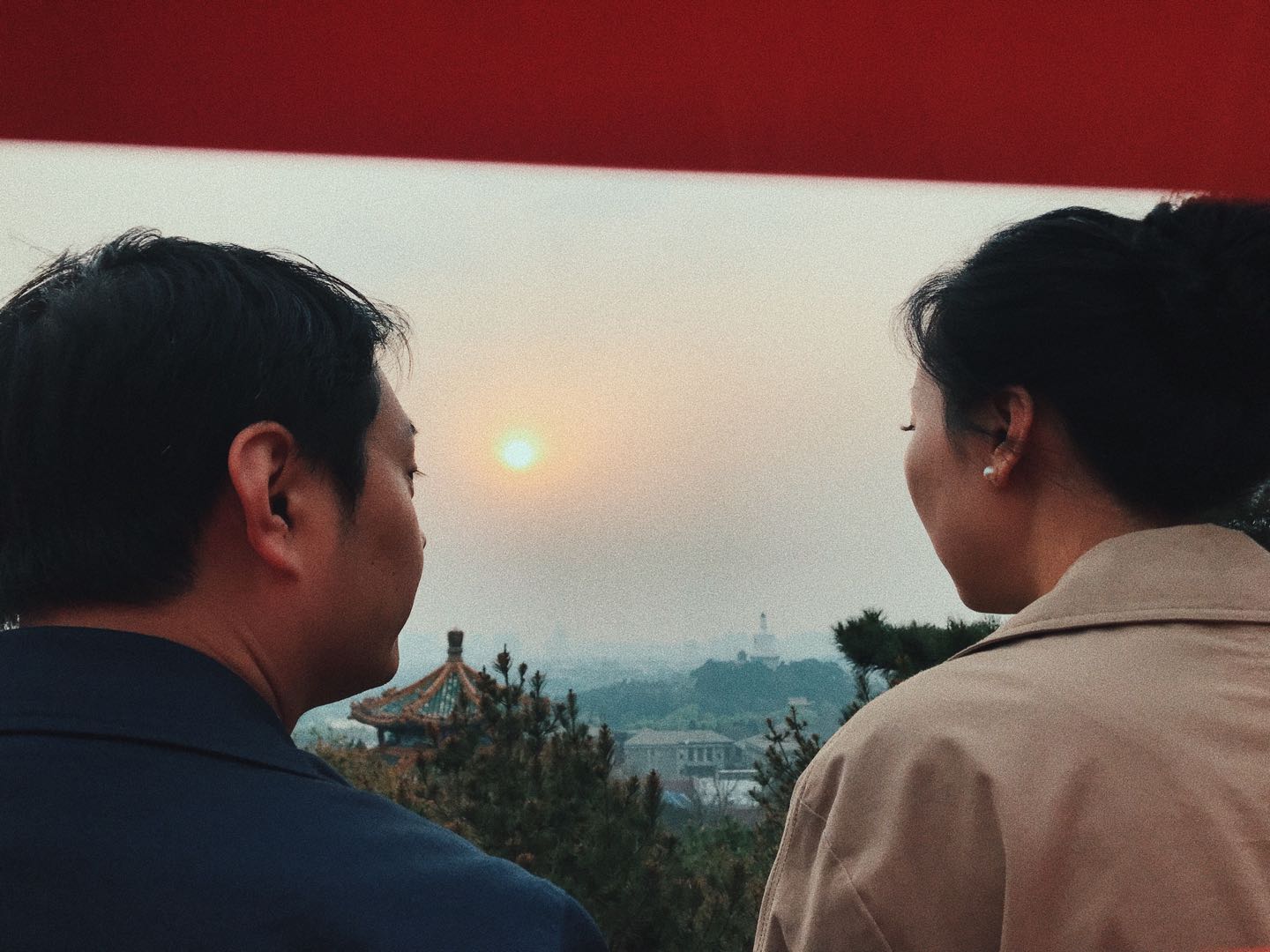

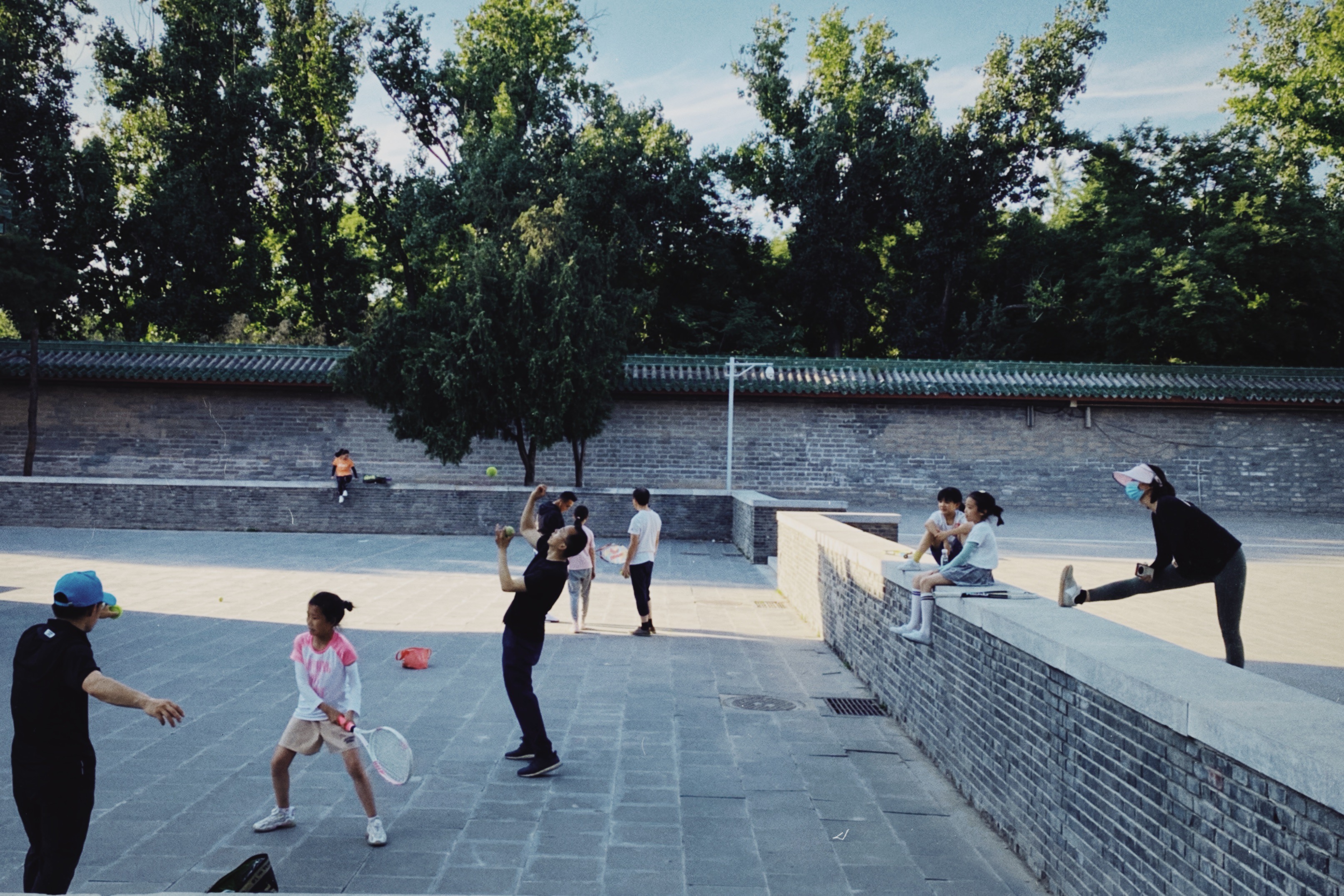
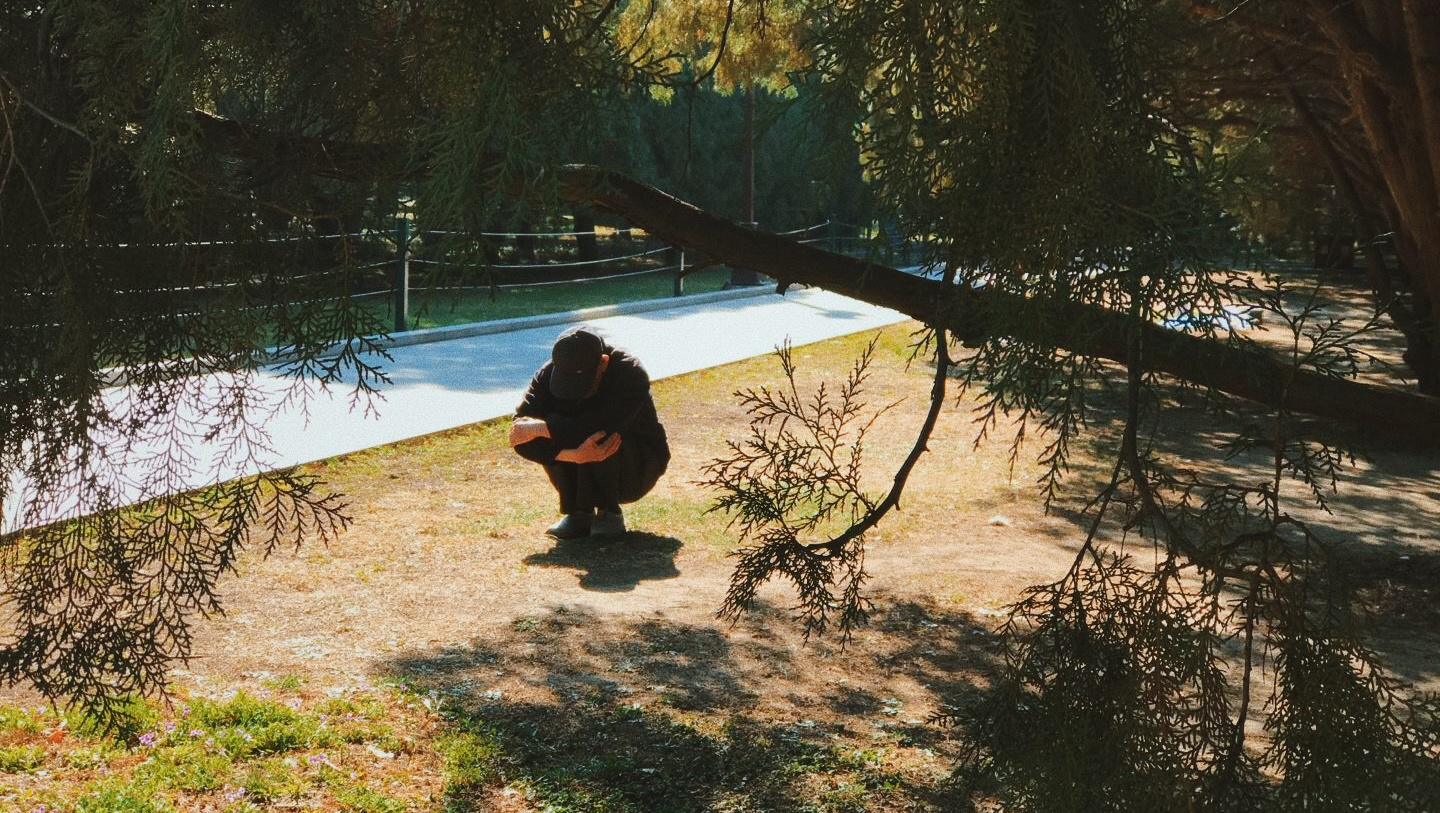
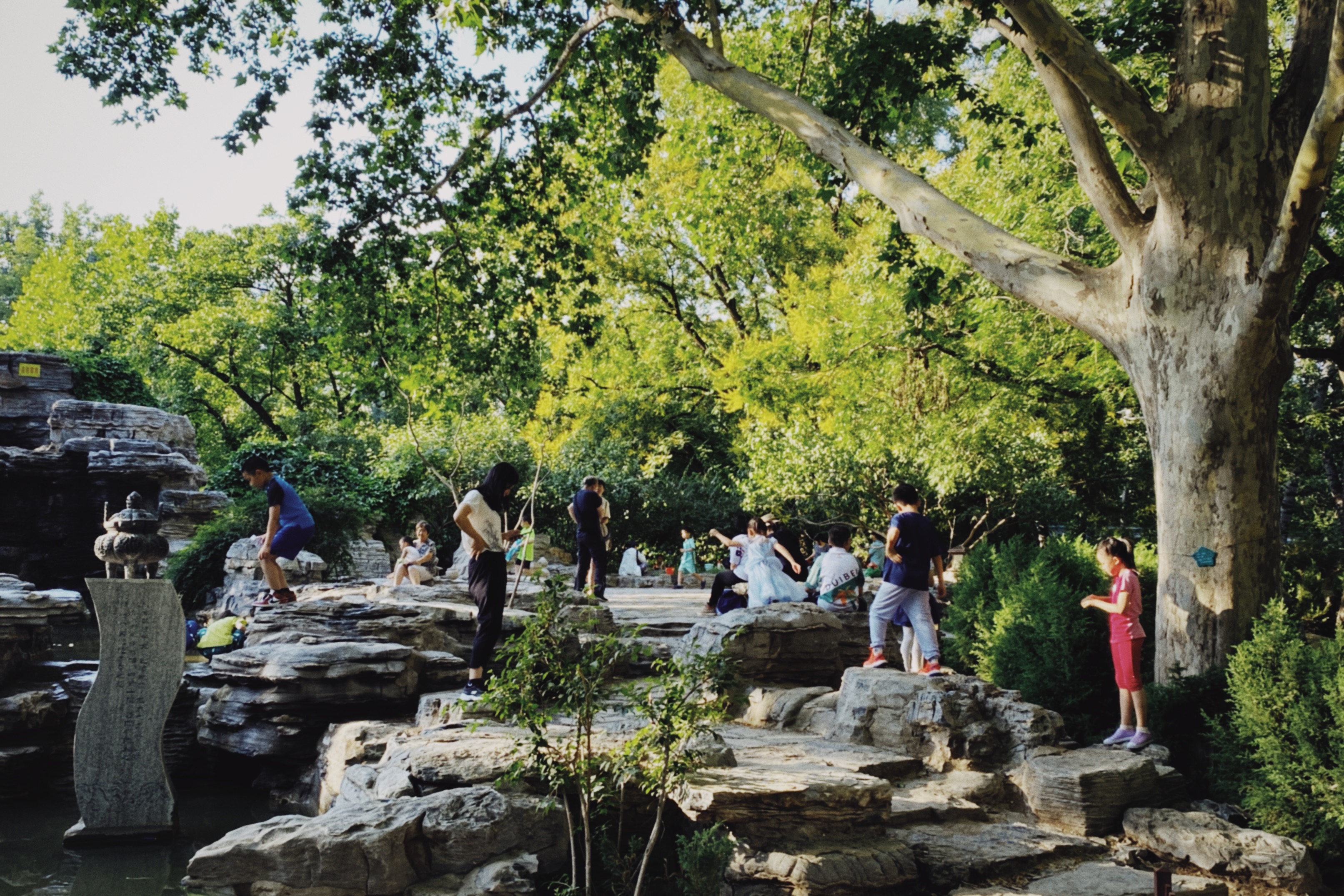
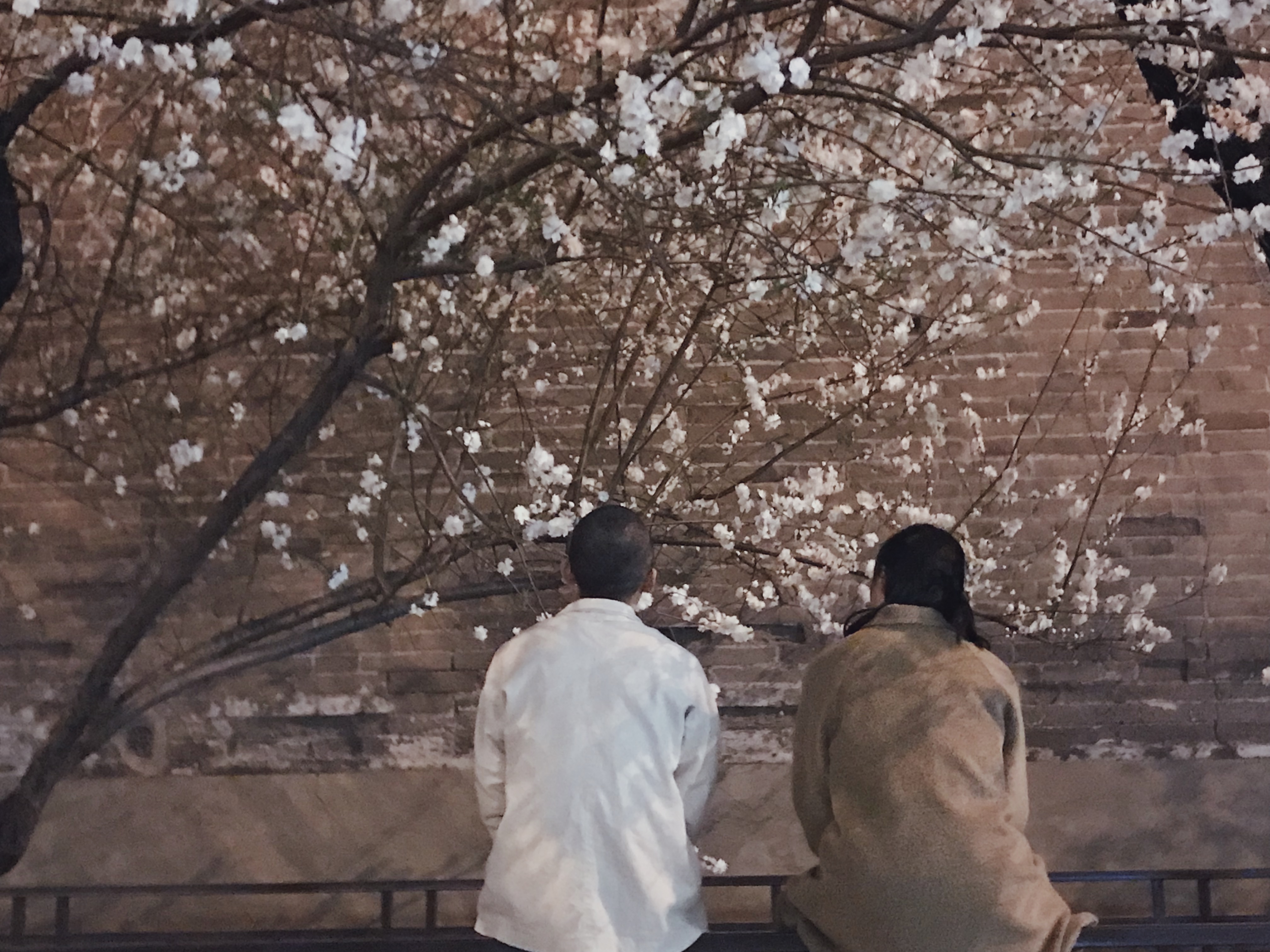


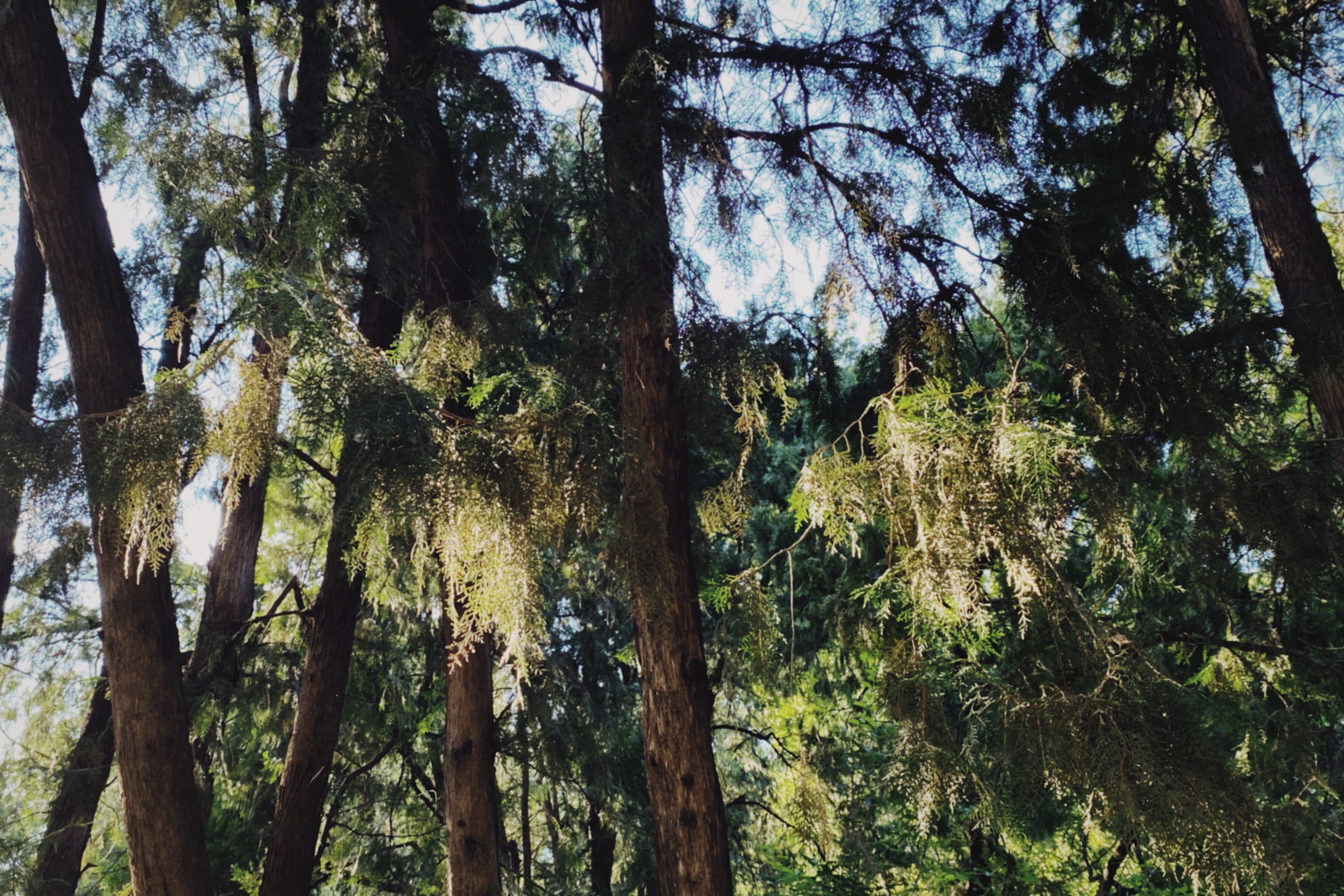

Weili Zhang –
Born in 90's Chengdu, Weili Zhang grew up in Singapore. He studied architecture at the National University of Singapore and Tsinghua University in Beijing. His training in art began in high school where he developed a fascination for materiality and construction.
His first installation, ‘Indifference' was done in 2012 and his work ‘Thin Earth' was exhibited at Singapore Fringe Festival in 2018. Zhang was introduced to performance art by Singaporean artist Amanda Heng. He is also a contributing artist for the proposed ‘100 Uncertain Cities' exhibition by Colin Fournier. While in Beijing, Zhang was one of the artists/architects invited to exhibit at George V Art Centre’s ‘B-Side’, curated for artworks by architects.
Brief description of research project (in progress)
–
The project would trace the nature and development of Beijing imperial gardens as a source of surreal imagination of the emperors and his artisans, which in ahistorical perspective contends with the everyday psychological world of modern residents. This contradiction echoes a discourse regarding utopia’s construct and manifestation with relation to scale, critique, totalitarian vision and individual reverie.
To situate a utopian concept in a contemporary city so disenchanted yet still etched by dynasties and logisms would be a contentious thing to do, but as the world reels from a pandemic, ‘visions’ seem suddenly in demand again. When technology and progress become overwhelming (or overwhelmed), the mind is thrown into query. As the body comes under the threat of isolation, how does the human spirit find compensation in a city?